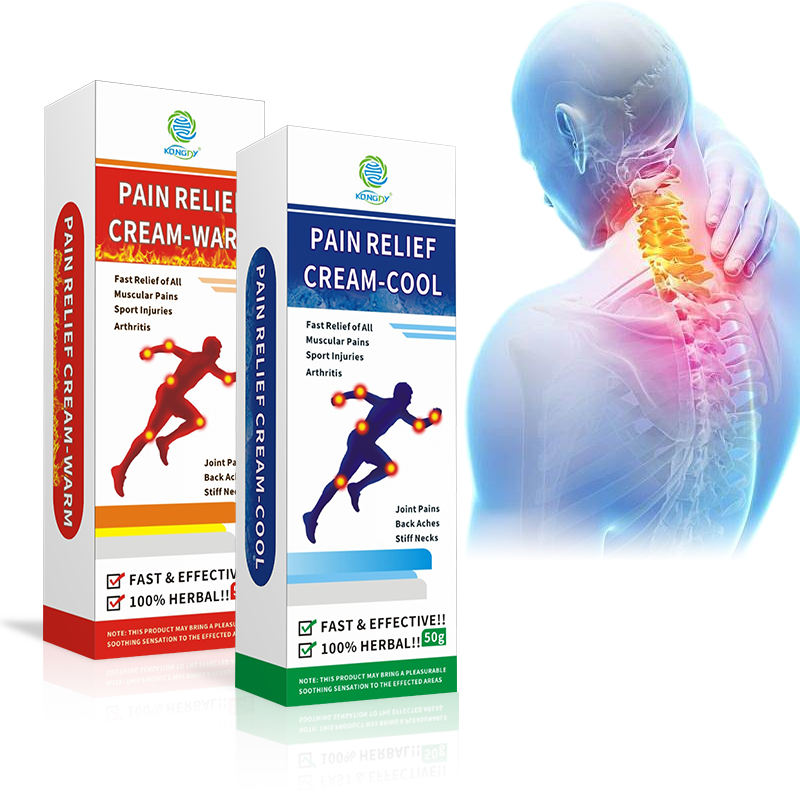Selecting an effective pain relief cream requires careful evaluation of ingredients, formulation, and intended use. With numerous options available, understanding these factors ensures optimal results and safety.
First, identify the type of pain being treated. For muscle soreness, creams containing menthol or camphor create a cooling sensation that distracts from discomfort. Chronic conditions like arthritis may benefit from NSAID-based creams (e.g., diclofenac), whereas neuropathic pain responds well to capsaicin or lidocaine. Always check for clinically proven concentrations—for example, capsaicin creams typically contain 0.025% to 0.1% for over-the-counter use.

Second, consider potential side effects. Some ingredients may cause skin redness or allergic reactions. Conduct a patch test before full application, especially for sensitive skin. Additionally, avoid combining multiple topical products unless approved by a doctor to prevent adverse interactions.
Lastly, opt for reputable brands that adhere to pharmaceutical standards. Look for FDA-approved formulations or products with third-party testing certifications. User reviews and clinical endorsements can further guide decision-making.
By prioritizing these factors, consumers can make informed choices to effectively manage pain while minimizing risks. Always consult a medical professional for persistent or severe pain to explore comprehensive treatment options.






